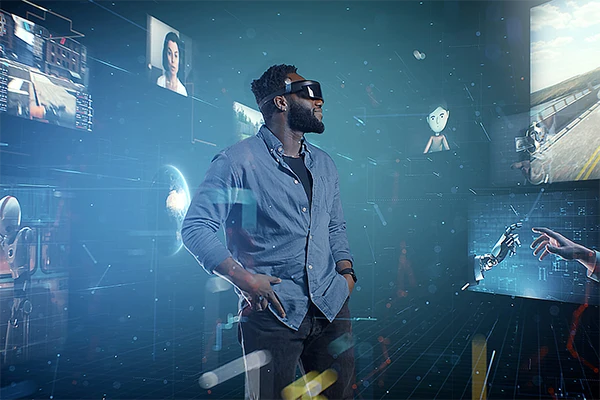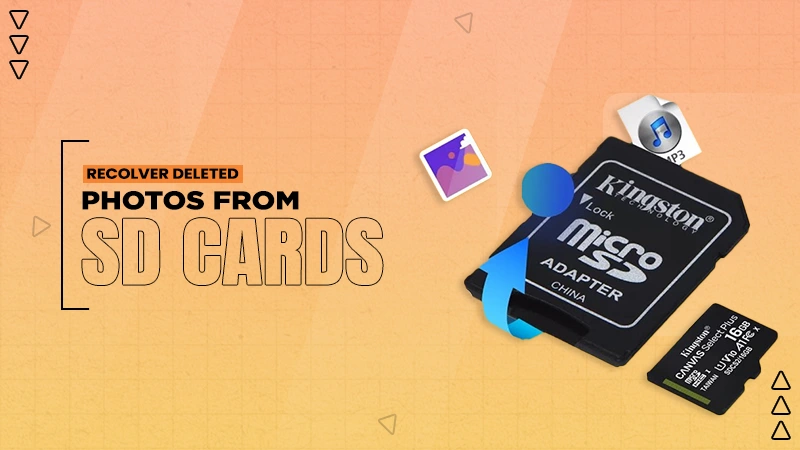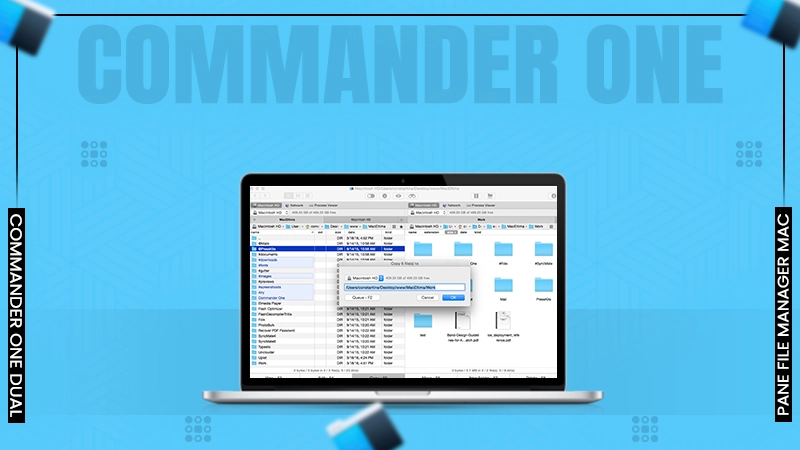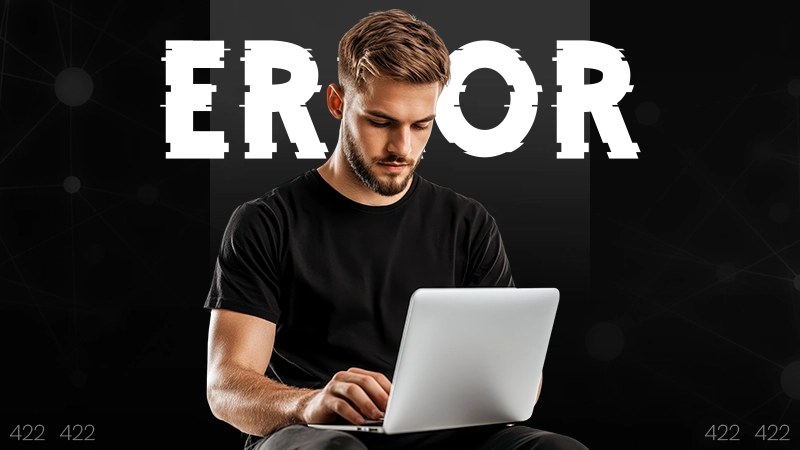Creating Digital Twins: The Future of AI Avatars in the Metaverse

The digital world is no longer imagination; it has now become a big part of our daily life. With the help of digital twins and AI avatars, you can step into a smarter and more interactive version of yourself in a virtual world.
Furthermore, this advanced technology is somehow changing the way we live, work, learn, communicate, and experience the world.
Therefore, read this blog post to understand more about digital twins and AI avatars, along with their importance and challenges, in depth.
What is a Digital Twin?

A digital twin is the engineered term that refers to the virtual copy of something real. It can be anything, such as a machine, a building, a person, or even a whole city.
Furthermore, it uses the real-time data from the sensors to identify and present what is happening to the actual object.
Likewise, with the help of this advanced technology, people can monitor, conduct tests, and improve things without even physically touching the real version.
For instance, engineers can use a digital twin of a car’s engine to determine whether it is functioning properly or not and what requirements need to be fixed in it.
Briefly, a digital twin is like having a smart mirror for real-world things, which significantly saves time and money. Also, it empowers experts to avoid mistakes by giving a clear picture of things.
Why Does the Metaverse Need Digital Twins?
A Metaverse is more than a trend; it represents the digital world where people can explore, interact, and do real-life activities easily by using a sort of virtual tools.
Because of this, to make the multiverse feel real and smoothly work, it needs digital twins.
For example, a digital twin of a city can show its weather, traffic, or buildings exactly as they are.
This will enable the metaverse to comprehend the functionality of the towns more accurately and provide valuable insights for learning, planning, or even gaming. Moreover, it helps people to experience real things in a virtual world.
Overall, digital twins play an important role in making the metaverse more real, useful, and interactive.
The Role of AI in Digital Twin Creation
As we have aforementioned, a digital twin is a virtual version of something real, whereas artificial intelligence (AI) is the one that makes it function much more accurately.
Moreover, with AI, the digital twin understands the live data from the machines, buildings, or vehicles.
It empowers the experts to optimize the virtual object, tells what is happening, and provides beneficial advice to solve the problem as soon as possible.
Therefore, this saves time and helps professionals avoid any sudden mistakes that can lead to a major problem.
Also, people and brands can employ an AI avatar generator to easily create a real, realistic character effortlessly to interact smartly, adding more value to the digital twins’ capabilities.
Digital Twins in Action: Use Cases Across Industry
In today’s digital era, digital twins are being actively used in many industries to improve how businesses work by equipping them with tools to make their work easier and smarter.
Let’s explore the pointer below to comprehend how different industries are using digital twins to solve real-world problems.
1. Virtual Retail and Fashion
Digital twins assist fashion and virtual retail companies in producing 3D models of clothing, stores, and even of their customers. Online shoppers can try on clothing to see how it fits on them.
Also, they can look around online stores to get an accurate review. This facilitates and enhances the pleasure of shopping.
2. Education & Training
In the education and training sectors, digital twins can create real-life simulations for better learning. By this, students or workers can enhance their skills in a safe virtual space, flying a plane, or fixing a washing machine.
This makes the entire learning and understanding process easier, more fun, and lets people perform major experiments without any life risks and spending higher costs.
3. Corporate and Remote Work
Digital twins facilitate the creation of virtual office spaces for remote and corporate work where teams can collaborate, meet, and exchange ideas in real time. They improve the sense of organization and connection in remote work.
Additionally, businesses can monitor performance, make better decisions to plan, and provide workers with an intelligent, interactive workplace that allows them to work from any location.
4. Healthcare and Therapy
In healthcare and therapy, with the support of digital twins, doctors can more precisely comprehend the patient’s body condition by creating their virtual replica.
Further, medical experts can test treatments, track patients’ health, and identify problems early. Along with this, therapists can also use a virtual setup for mental health support and provide help from a distance when needed.
5. Entertainment and Social Media
Digital twins bring a new level of enjoyment and interactivity to social media and entertainment. It allows users to play in 3D spaces, attend events in virtual spaces, and even create realistic avatars.
Likewise, the users get a much more personal and thrilling online experience while celebrities or influencers can interact with their audience in virtual meetups.
In essence, digital twins are making significant changes in different industries. From healthcare to shopping, they are making things simple, faster, and helping people smartly solve their problems.
Improving Digital Twins via Multimedia: The Role of Video
The AI-generated avatars are already very useful, but they become even more exciting when used with videos. And, this is where the video maker app’s role comes in.
Moving ahead, combining AI-generated avatars with animation means that content creators and brands can generate well-designed, engaging, and customized content that can attract a larger audience.
Here, we have presented some pointers that tell how video tools help digital twins. Take a look attentively.
- Using the custom animation and voices, these tools make videos unique and more interesting.
- Add different avatars that guide viewers through the story.
- Share a message that feels personal to each user.
Lastly, together, AI avatars technology and video maker apps allow you to create videos that are engaging, budget-friendly, easy to update, and seem more genuine and original.
Challenges and Ethical Considerations
Although digital twins provide numerous benefits, there are several challenges and ethical dilemmas to address. Thus, explore the highlighted pointers below to learn more about them.
- Privacy Concern: The procedure of collecting real-time data can breach privacy and might be risky for any sort of confidential data.
- Cost: Building and maintaining digital twins can be a bit expensive for small businesses.
- Data Security: Data systems can be hacked or misused even when they are not an intentional fault of the owner.
- Job Crisis: There may be job losses due to automation that may replace humans immensely.
Therefore, if you wish to use digital twins safely, handle these issues with more care and effective strategic rules.
What’s next for AI avatars?
AI avatars are progressing extremely rapidly and will be growing useful in learning, working, and communicating online. These types of technology could be used much more widely in online meetings, classes, or digital customer support.
However, there is still to learn about this. We still need to learn how to make the avatars more realistic. And more importantly, we need to work through the privacy implications.
Hence, as we are moving forward with this technology, we should understand how to use this responsibly and accountably with healthy limits.
Final Thoughts
In conclusion, AI avatars and virtual worlds such as the metaverse are significantly transforming our digital presence. Particularly, digital twins furnish the simplest ways to connect, express, and establish our distinct identity on online platforms.
Moreover, as this beneficial technology is growing rapidly, it is necessary to use it wisely and maintain privacy.
So, get ready to meet a smarter and more connected version of yourself in the virtual world.
In the present age of technological advancements, businesses and creators do not have the luxury of waiting to implement their…
Would you like to have a powerful mobile app interface? Think again. The harsh truth is, mobile apps are a…
Encountering the Connection Timed Out Error Code 522 on a website can be annoying. For the visitors, it means that…
Deleted your photos and looking for tools to recover them? Loads of people accidentally or by mistake delete their photos…
Tired of using the same tribal knowledge, like AKA “ask Priya”, that slows your team down? In this growing marketing…
Do you also feel a little less equipped when dealing with multiple folders and large projects at once? Working with…
Are you encountering a 409 error on your website? It is quite irritating to get these errors on the screen.…
It starts with a single link, which could come from an email, a pop-up ad, or a social media post.…
Trust me, I understand that it could be frustrating to encounter an error 422 message. It is not like the…







